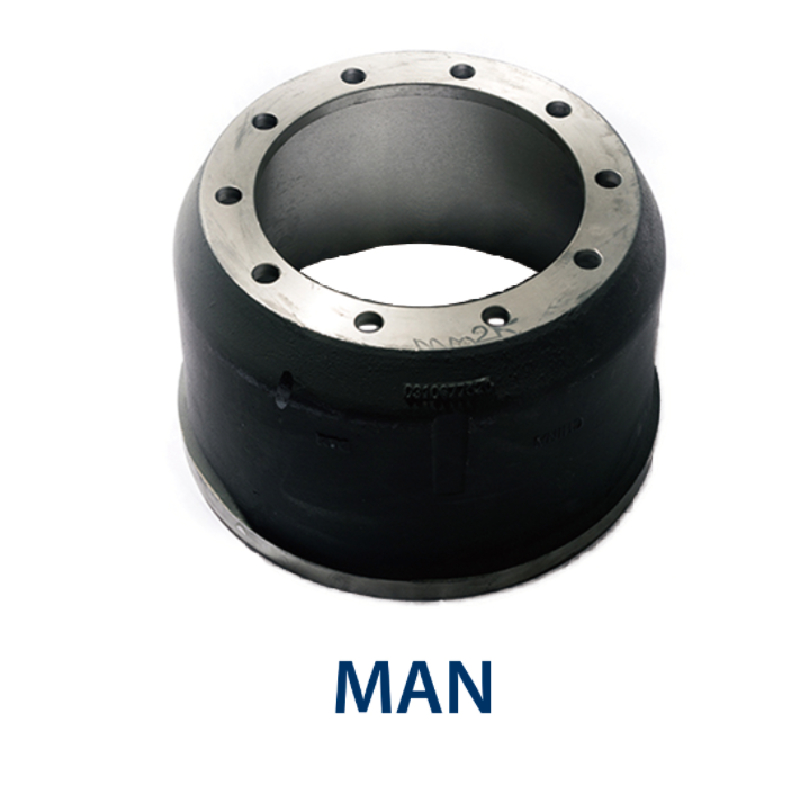Dec . 04, 2024 10:00 Back to list
why won't my brake drum go back on
Why Won't My Brake Drum Go Back On?
Brake drums are crucial components of a vehicle’s braking system, particularly in older vehicles and those equipped with drum brakes on the rear wheels. If you find yourself in a situation where you’re struggling to reinstall a brake drum, it can be frustrating and concerning. Understanding why the brake drum won't go back on can help you identify the problem and resolve it effectively.
Common Reasons for Difficulty in Reinstalling Brake Drums
1. Brake Shoe Adjustment One of the most common reasons a brake drum won’t fit back on is because the brake shoes are incorrectly adjusted. When the brake shoes are extended too far outwards, they create an interference that prevents the drum from sliding over them. To resolve this, you can look for the adjustment mechanism—usually a star wheel or a lever—and turn it to retract the shoes. This adjustment should allow you to easily fit the drum back on.
2. Contaminated Brake Shoes If the brake shoes are contaminated with oil, grease, or brake fluid, they can expand and make it difficult for the drum to fit. Inspect the brake shoes and the surrounding components for any signs of contamination. If you find any, clean the area thoroughly with brake cleaner, or consider replacing the brake shoes if they are excessively contaminated.
3. Warped or Damaged Brake Drums Over time, brake drums can warp or become damaged, particularly if they have been overheated due to heavy braking or excessive use. If the brake drum is warped, it may not sit flush against the wheel hub, which can cause issues with installation. You can check for warping by measuring the drum's diameter and looking for any noticeable challenges while attempting to fit it onto the brake assembly. If the drum is indeed warped, it may need to be machined or replaced entirely.
4. Incorrect Installation Order Sometimes, the issue may arise from assembling the brake components in the incorrect order. Ensure that all parts, including springs and retainers, are positioned correctly as per the manufacturer’s specifications. Improperly installed parts can create unnecessary tension and inhibit the fitting of the drum.
5. Spring Tension The return springs that retract the brake shoes can also be a source of trouble. If these springs are too tight or malfunctioning, they can force the brake shoes outward, preventing the drum from going back on. Make sure these springs are in proper working condition and aren’t overly compressed.
6. Residual Pressure In some instances, residual pressure from the hydraulic brake system can affect the brake shoes’ positioning. It’s a good idea to gently pump the brake pedal a few times after making adjustments to ensure that the shoes are properly seated before attempting to mount the drum again.
why won't my brake drum go back on

7. Corrosion or Rust If the brake components, including the drum and backing plate, are covered with rust or corrosion, it can hinder installation. Sandpaper or a wire brush can be used to clean these areas before attempting to reinstall the drum. This cleaning can eliminate high spots and allow for a smoother fitting.
Steps You Can Take
- Assess the Brake System Start by taking apart the brake assembly and inspecting all components
. Look for wear, damage, or contamination.- Adjust the Brake Shoes Make the necessary adjustments to the brake shoes if they seem misaligned or extended too far.
- Check for Corrosion Clean any rust or debris from the drum and surrounding areas.
- Test Fit After making adjustments and cleaning, try fitting the drum again without the wheel. This will give you a better understanding of whether the problem persists.
- Consult a Professional If you're still unable to understand why the drum won’t fit, consider consulting a mechanic or referring to a service manual for your specific vehicle model.
In conclusion, while struggling to reinstall a brake drum can be frustrating, identifying the root causes and systematically addressing them can lead to a successful resolution. Brake systems are vital for vehicle safety, so ensure all components are functioning correctly before final assembly. If needed, don’t hesitate to seek professional assistance to ensure your vehicle is safe for operation.
-
Durable Brake Drum MAZ for Heavy Duty Trucks | High Performance
NewsAug.26,2025
-
FUWA: Premium Quality, Reliable Performance & Innovative Solutions
NewsAug.25,2025
-
Liza Brake Drum: Superior Quality & Performance for Safe Driving
NewsAug.24,2025
-
Iveco Brake Drum | Premium OE Quality for Daily & Eurocargo
NewsAug.22,2025
-
Your Brake Drum Man: Quality & Performance Parts
NewsAug.21,2025
-
Explore Japan: Ultimate Travel Guide & Authentic Experiences
NewsAug.19,2025
